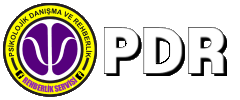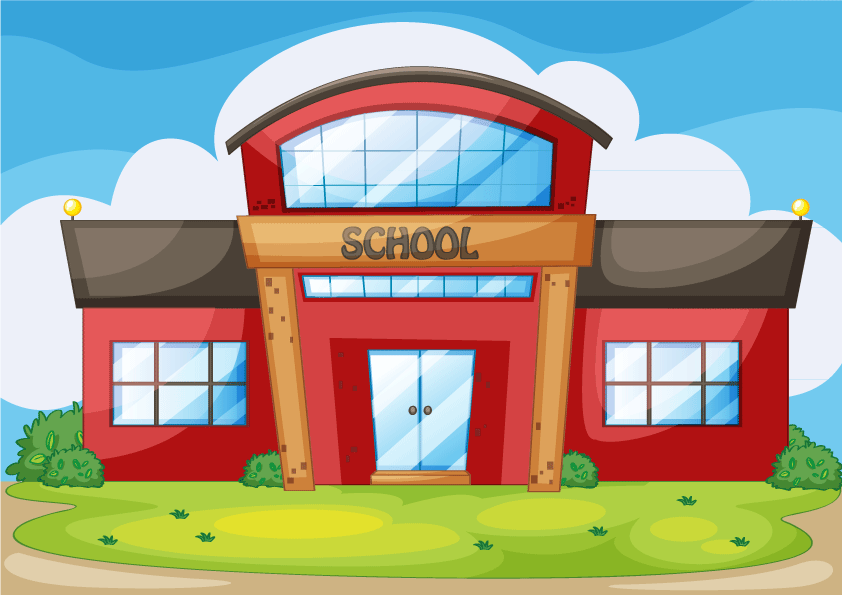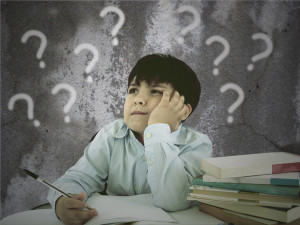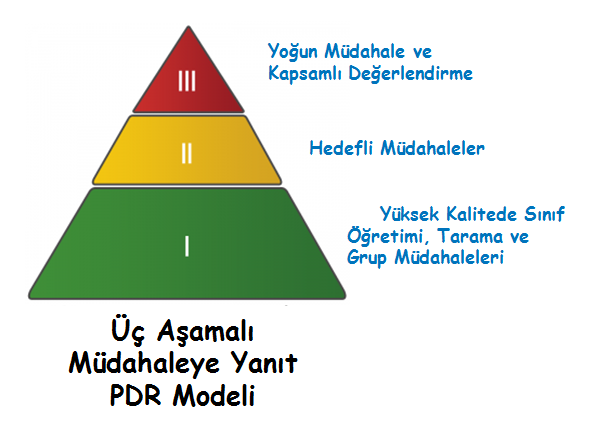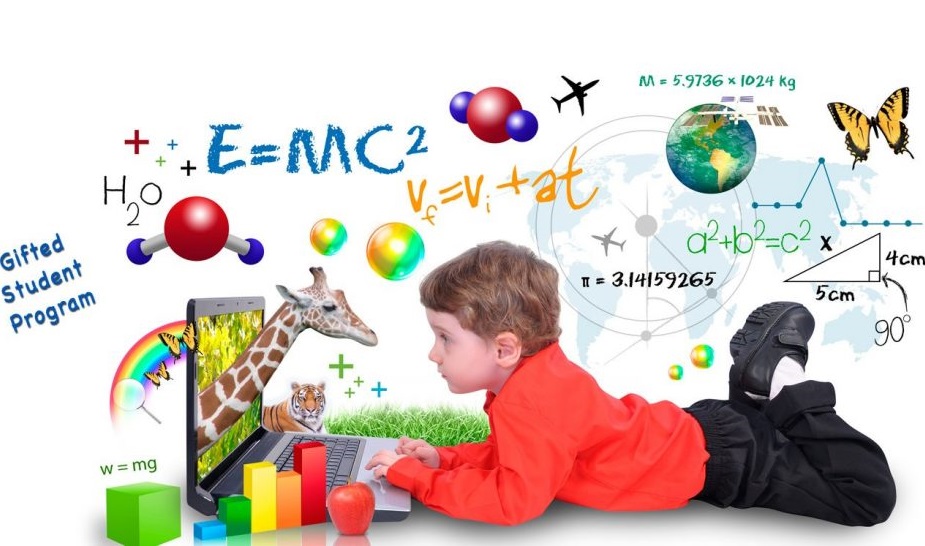Special Education
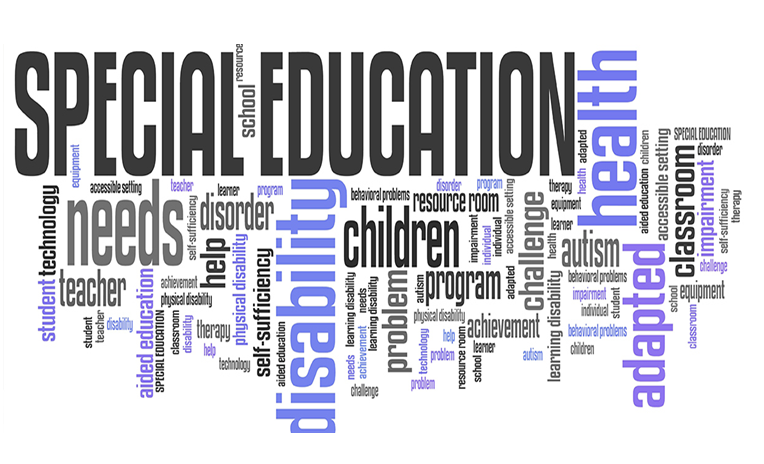
SPECIAL EDUCATION LAW AND REGULATION PRACTICES IN THE WORLD
Every Individual with disabilities deserves an equity, and productive services.
The purpose of this paper inform policy makers, educators, psychological counselors, parents and students about effective practices that were conducted in in many European countries and the USA
In general there are 14 Disability Categories
The brief definitions of the specific disability categories are below.
- Autism: A developmental disability significantly affecting verbal and nonverbal communication and social interaction, generally evident before age three, that adversely affects a child’s educational performance. Other characteristics often associated with autism are engaging in repetitive activities and stereotyped movements, resistance to environmental change or change in daily routines, and unusual responses to sensory experiences.
- Deaf-Blindness Concomitant [simultaneous] hearing and visual impairments, the combination of which causes such severe communication and other developmental and educational needs that they cannot be accommodated in special education programs solely for children with deafness or children with blindness.
- Deafness A hearing impairment so severe that a child is impaired in processing linguistic information through hearing, with or without amplification, that adversely affects a child’s educational performance.
- Developmental Delay Children from birth to age three and children from ages three through nine, the term developmental delay, means a delay in one or more of the following areas: physical development; cognitive development; communication; social or emotional development; or adaptive [behavioral] development.
- Emotional Disturbance A condition exhibiting one or more of the following characteristics over a long period of time and to a marked degree that adversely affects a child’s educational performance: (a) An inability to learn that cannot be explained by intellectual, sensory, or health factors. (b) An inability to build or maintain satisfactory interpersonal relationships with peers and teachers. (c) Inappropriate types of behavior or feelings under normal circumstances. (d) A general pervasive mood of unhappiness or depression. (e) A tendency to develop physical symptoms or fears associated with personal or school problems. The term includes schizophrenia. The term does not apply to children who are socially maladjusted, unless it is determined that they have an emotional disturbance.
- Hearing Impairment An impairment in hearing, whether permanent or fluctuating, that adversely affects a child’s educational performance but is not included under the definition of “deafness.”
- Intellectual Disability (formerly known as Mental Retardation) Significantly subaverage general intellectual functioning, existing concurrently [at the same time] with deficits in adaptive behavior and manifested during the developmental period, that adversely affects a child’s educational performance.
- Multiple Disabilities Concomitant [simultaneous] impairments (such as mental retardation-blindness, mental retardationorthopedic impairment, etc.), the combination of which causes such severe educational needs that they cannot be accommodated in a special education program solely for one of the impairments..
- Orthopedic Impairment A severe orthopedic impairment that adversely affects a child’s educational performance. The term includes impairments caused by a congenital anomaly, impairments caused by disease (e.g., poliomyelitis, bone tuberculosis), and impairments from other causes (e.g.,cerebral palsy, amputations, and fractures or burns that cause contractures).
- Other Health Impairment Having limited strength, vitality, or alertness, including a heightened alertness to environmental stimuli, that results in limited alertness with respect to the educational environment, that— (a) is due to chronic or acute health problems such as asthma, attention deficit disorder or attention deficit hyperactivity disorder, diabetes, epilepsy, a heart condition, hemophilia, lead poisoning, leukemia, nephritis, rheumatic fever, sickle cell anemia, and Tourette syndrome; and (b) adversely affects a child’s educational performance.
- Specific Learning Disability A disorder in one or more of the basic psychological processes involved in understanding or in using language, spoken or written, that may manifest itself in the imperfect ability to listen, think, speak, read, write, spell, or to do mathematical calculations. The term includes such conditions as perceptual disabilities, brain injury, minimal brain dysfunction, dyslexia, and developmental aphasia. The term does not include learning problems that are primarily the result of visual, hearing, or motor disabilities; of mental retardation; of emotional disturbance; or of environmental, cultural, or economic disadvantage.
- Speech or Language Impairment A communication disorder such as stuttering, impaired articulation, a language impairment, or a voice impairment that adversely affects a child’s educational performance.
- Traumatic Brain Injury An acquired injury to the brain caused by an external physical force, resulting in total or partial functional disability or psychosocial impairment, or both, that adversely affects a child’s educational performance. The term applies to open or closed head injuries resulting in impairments in one or more areas, such as cognition; language; memory; attention; reasoning; abstract thinking; judgment; problem-solving; sensory, perceptual, and motor abilities; psychosocial behavior; physical functions; information processing; and speech. The term does not apply to brain injuries that are congenital or degenerative, or to brain injuries induced by birth trauma.
- Visual Impairment Including Blindness An impairment in vision that, even with correction, adversely affects a child’s educational performance. The term includes both partial sight and blindness.
It is crucial, both national government, and school apply laws and regulations about special education.
Recommendation 1: Our special education students needs to be protected by comprehensive laws and regulations.
Recommendation 2: By law, a student with an disability must be determined to have a disability.
Recommendation 3: Every kid who needs special education must receive FREE appropriate public education under special education law.
Recommendation 4: Schools must conduct a full and individual evaluation before the initial provision of special education and related services to a child with a disability
Recommendation 5: Every school must establish Multidisciplinary team that includes principal, psychological guidance counselors, special education teacher, learning consultant, content related teacher, social worker.
Recommendation 5: Multidisciplinary team must inform all faculty and staff about special education policies
Recommendation 6: With permission of parents, Multidisciplinary team must conduct a comprehensive evaluation and provided Individualized Education Program (IEP)
Recommendation 7: The Educational Program must include
Parent Consent and Information
Comprehensive Evaluation Results and Report
Measurable Annual Goals,
Systemic Special Education Services,
Progress Monitoring System,
Revision and Evaluation of Progress.
Monthly and Annual Report.
Türkçe Çeviri; Bingül UZEL ( TIKLA )

